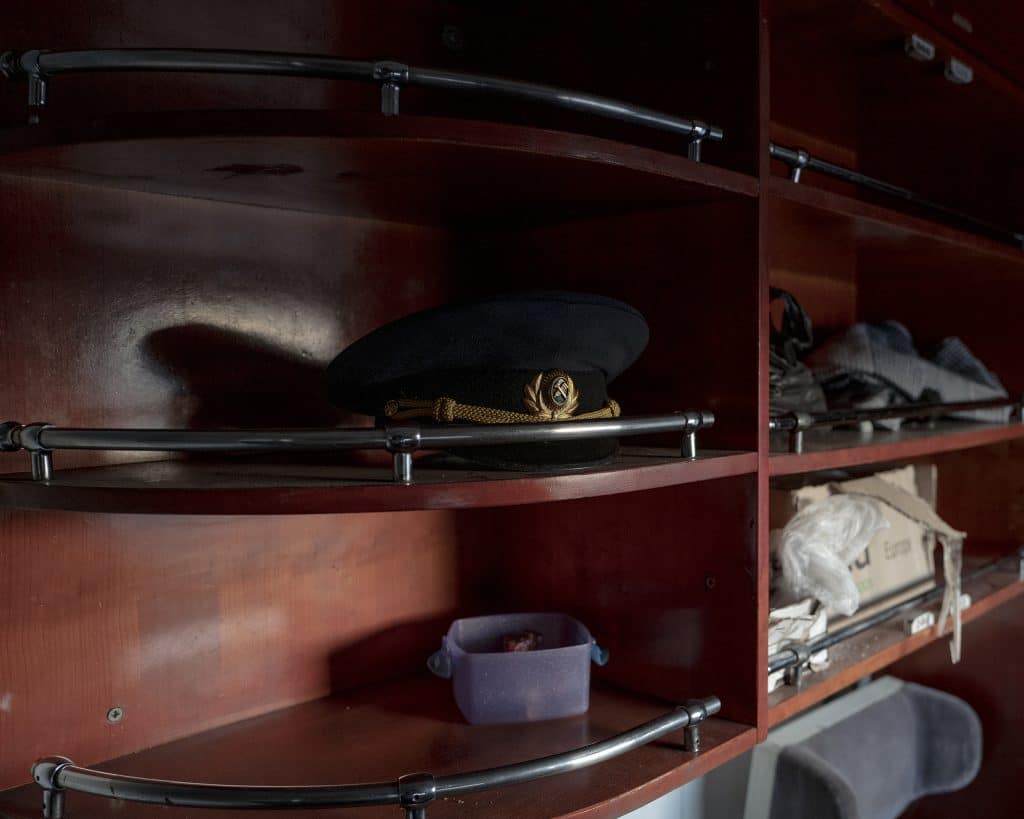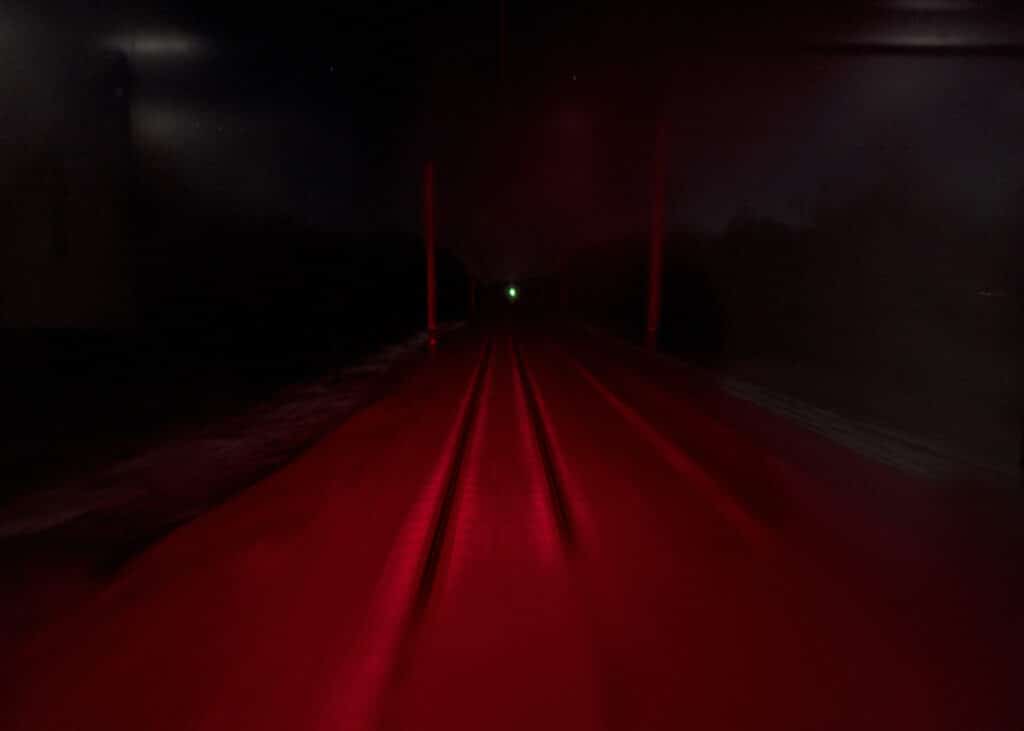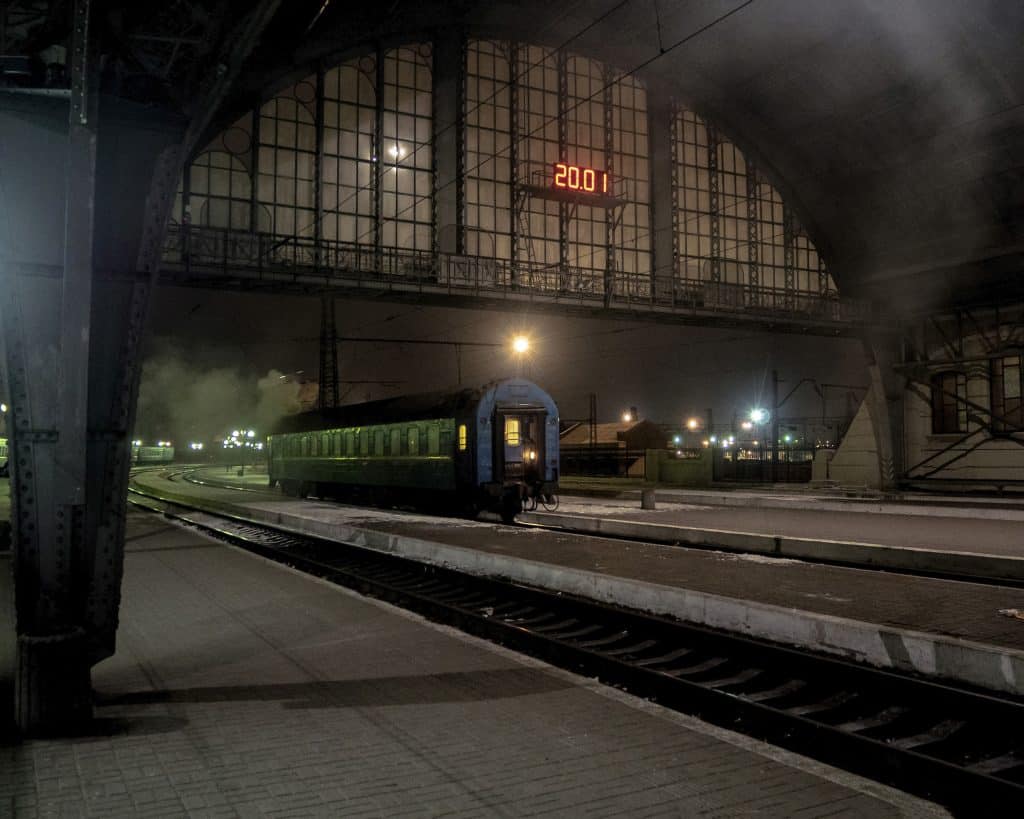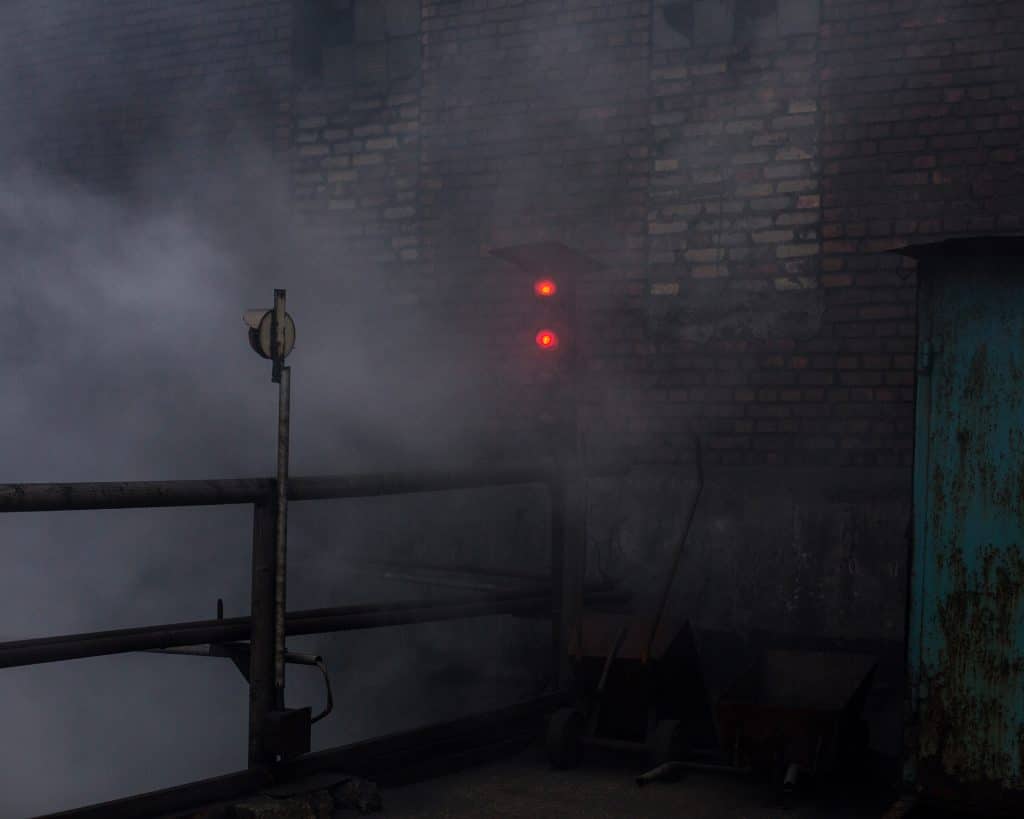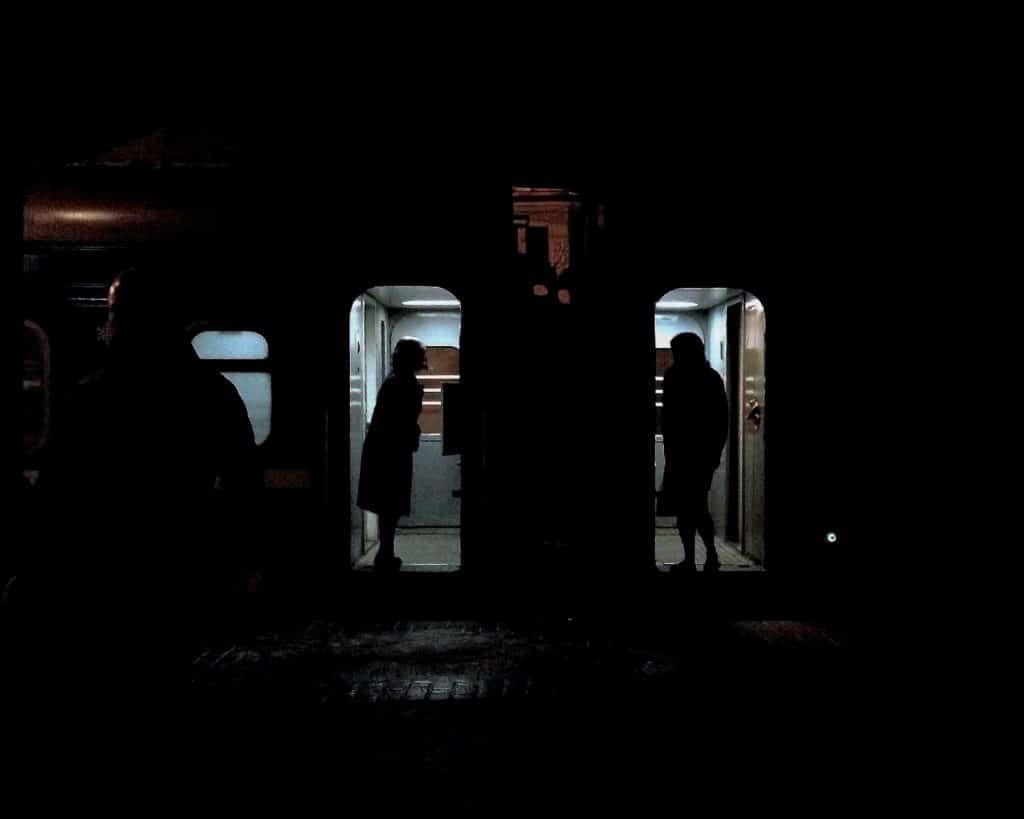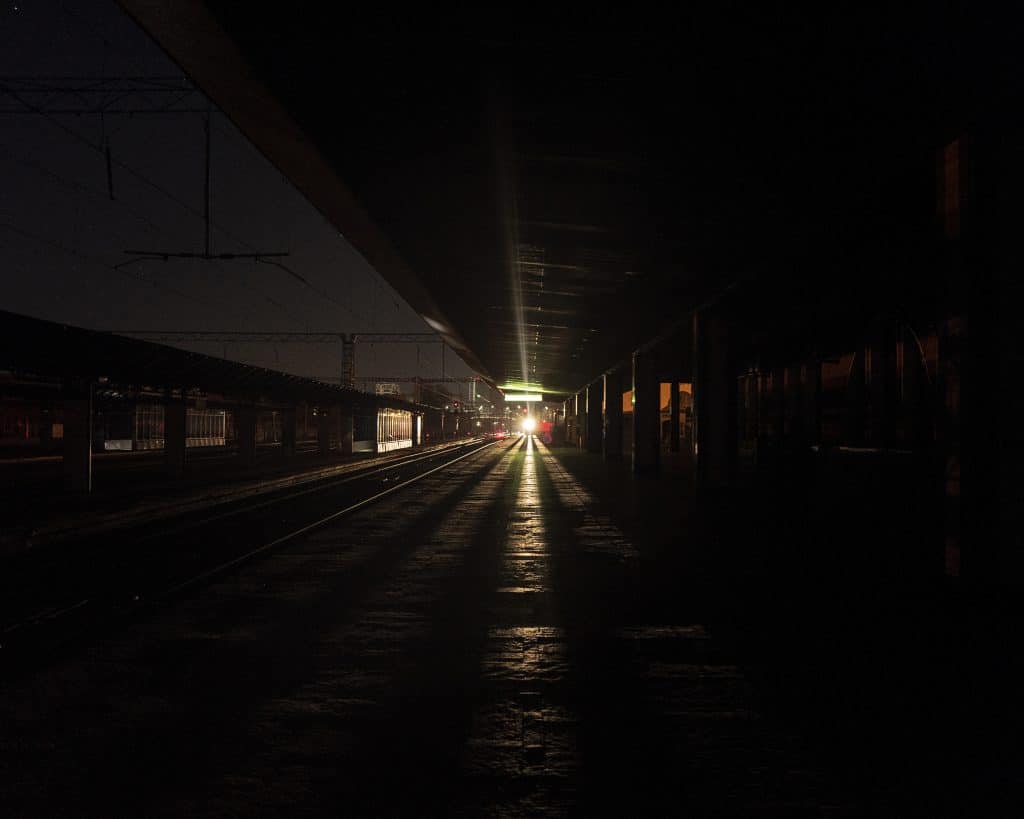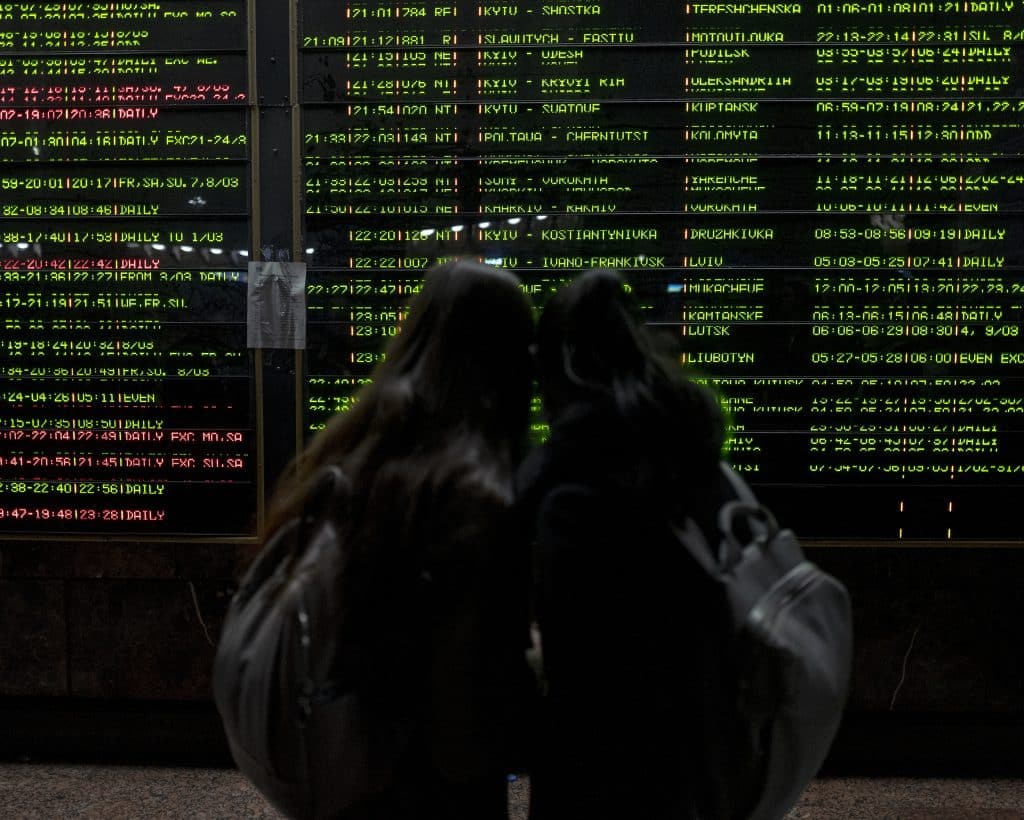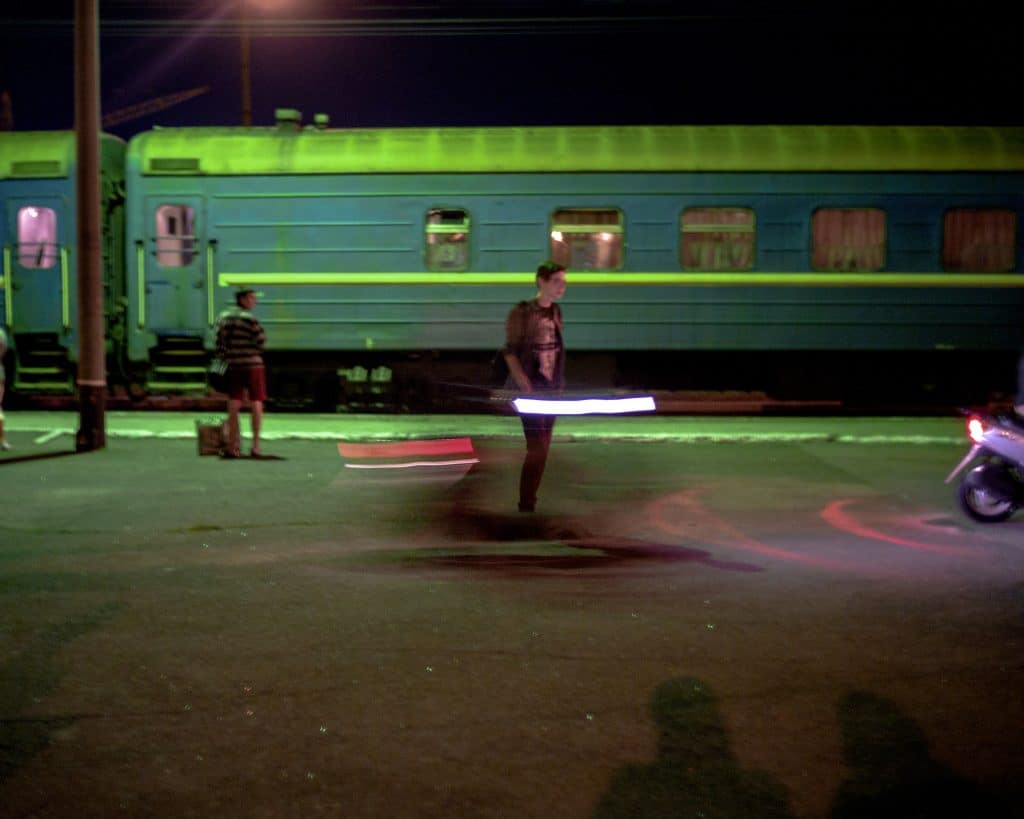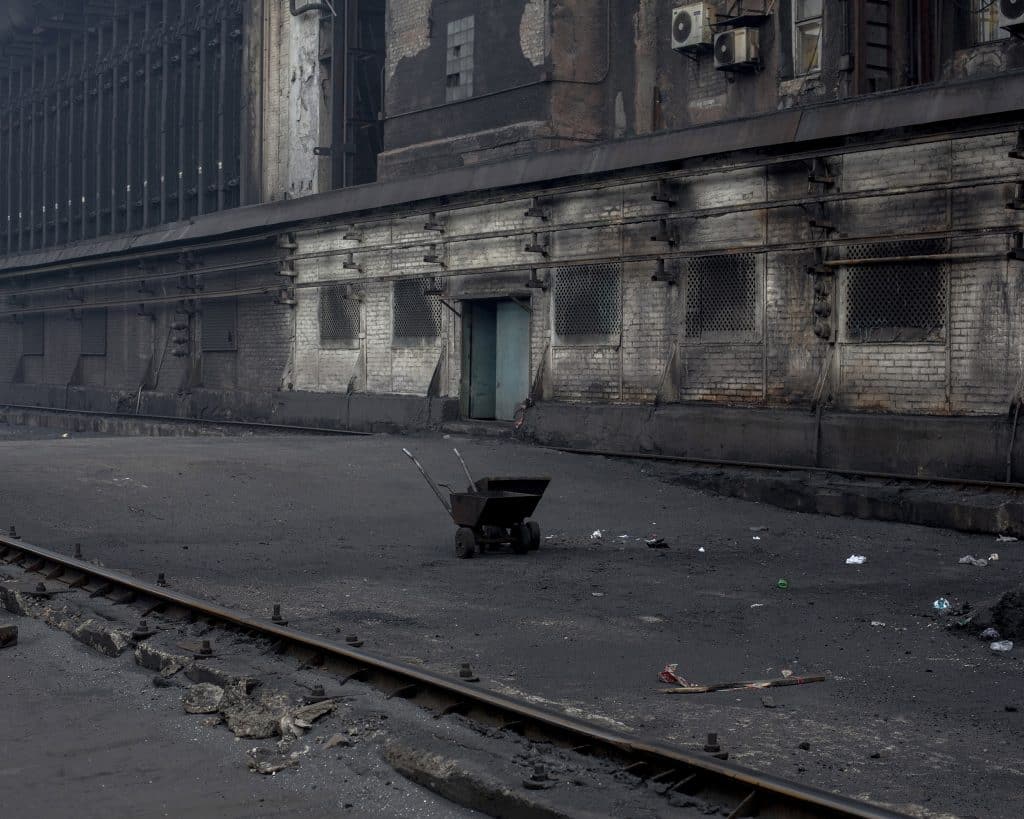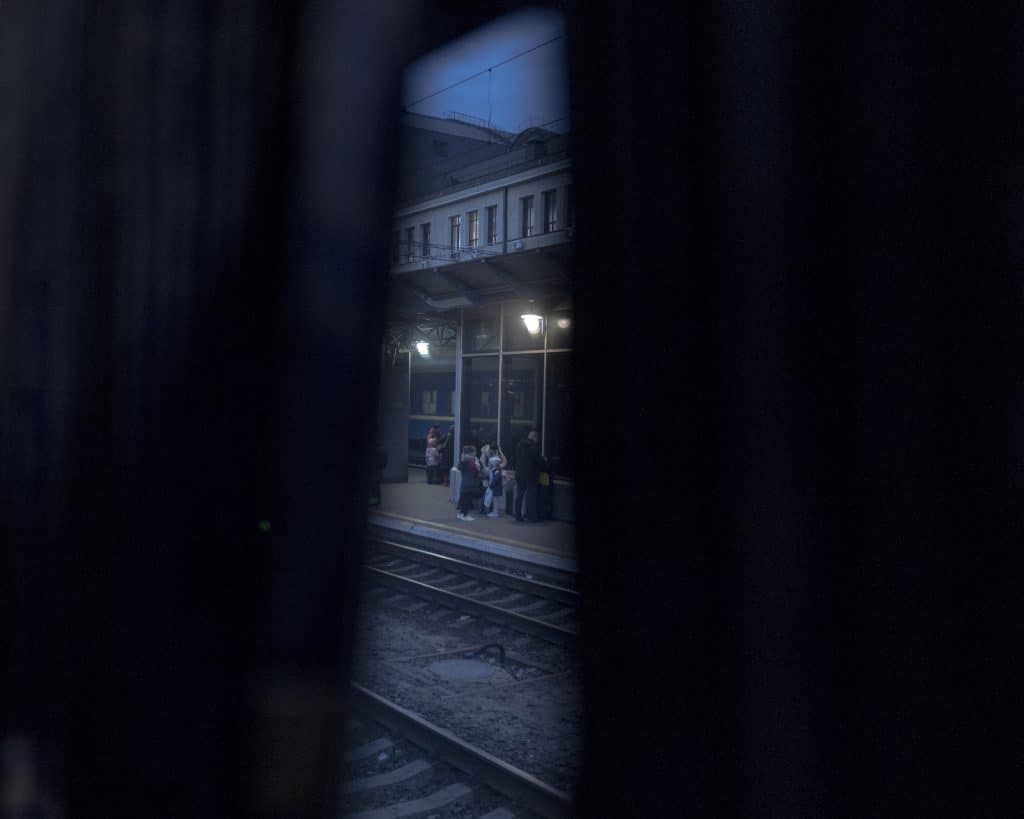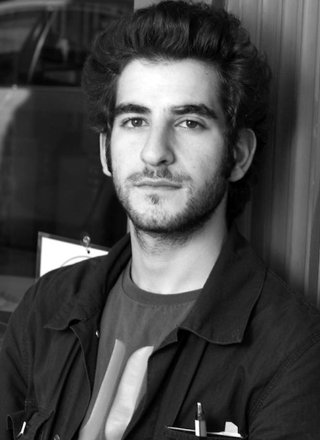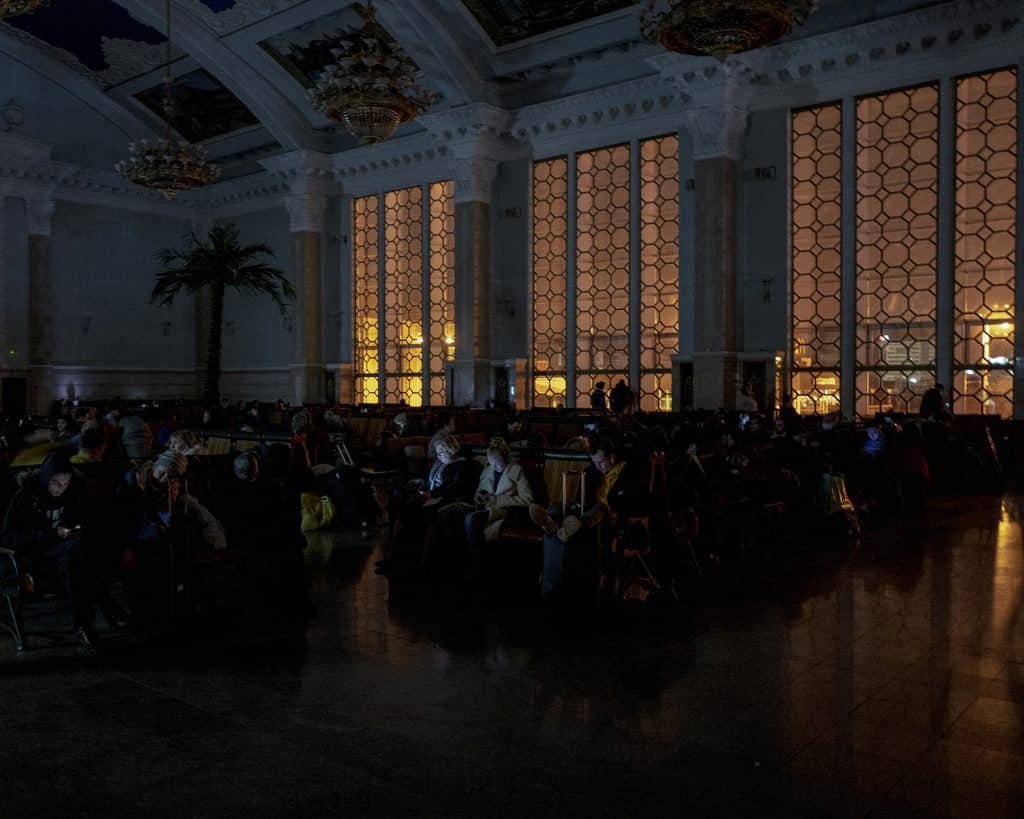
Built in 1861, the first Ukrainian state railroad was 60 miles long. During the Soviet period, the railroads received a real boost. The network played an important role in passenger traffic between Eastern and Western Europe. It was a “land bridge” between Moscow and Leningrad and the Central European and Balkan cities.
In 2014, Russia’s annexation of the Crimean Peninsula led to a total disruption of the RZD (РЖД, Russian Railway) connection with Ukraine. Until 2014, Simferopol was the leading station in Ukraine in terms of passenger traffic, thanks to the flow of tourists and vacationers in the summer. In December 2014, the trains that had previously passed through parts of the temporarily occupied territories of Ukraine in the Donetsk and Luhansk regions were suspended, as it was no longer possible to ensure passengers’ safety. A Soviet legacy, Ukrzaliznytsia, or Ukrainian Railway, is today one of the largest companies in Ukraine in charge of one of the most extensive railroad networks in Europe.
I first traveled on a Ukrainian train in March 2014: it was one of the last trains from Simferopol to Kyiv, that is, after the referendum in Crimea. My second experience was in June 2014, from Slavyansk (its train station bombed by the Russian army on March 22) to Kyiv, on my return trip to Donbass, after the war had started. Since then, I have returned to Ukraine sixteen times between 2014 and 2022, and taken I don’t know how many trains from one end of the country to the other. Today, I am writing this text on a train from Kyiv to Kharkiv, my first rail journey since the beginning of the Russian offensive.
The atmosphere is inevitably different. Usually, trains leave and arrive on time, but in the present circumstances, they run two or more hours behind schedule. The platforms, waiting rooms, and sleeping cars are blacked out for safety reasons.
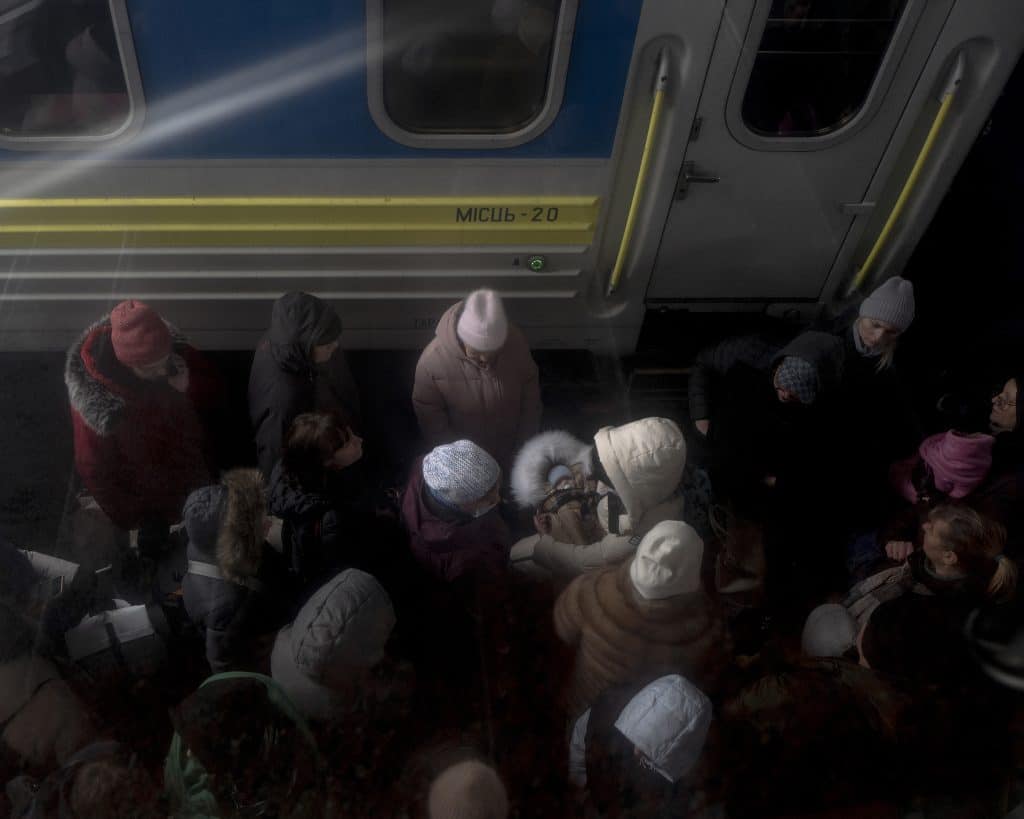
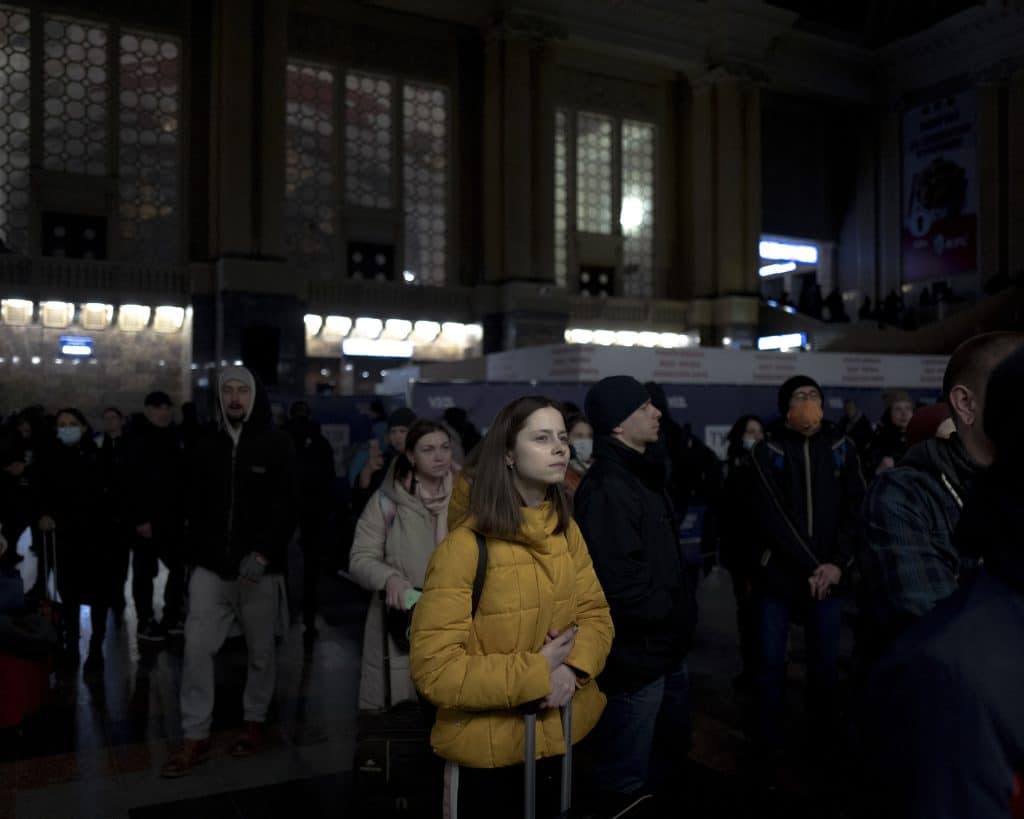
The first days after the offensive, the scenes of departures were quite frightening. Thousands of people, families, were making their way through the station, holding hands, tears in their eyes, their children crying. The military was trying to control the dense crowds and prevent stampede. The Kyiv train station was packed with people by day and almost deserted at night. My images show this striking contrast in their own way.
On February 26, a strict curfew was enforced in the capital. It was the decisive moment to evacuate the four-year-old son of my friend, a fellow journalist who has lived in Kiev for eight years. Accompanied by his grandmother, they embarked on an exodus to the west of the country. Meanwhile, some of our colleagues were headed in the opposite direction, and we waited for them to spend the night at the train station. We slept in the basement between storage lockers, and left the station once the curfew was lifted. Another experience in the tumult of this war.
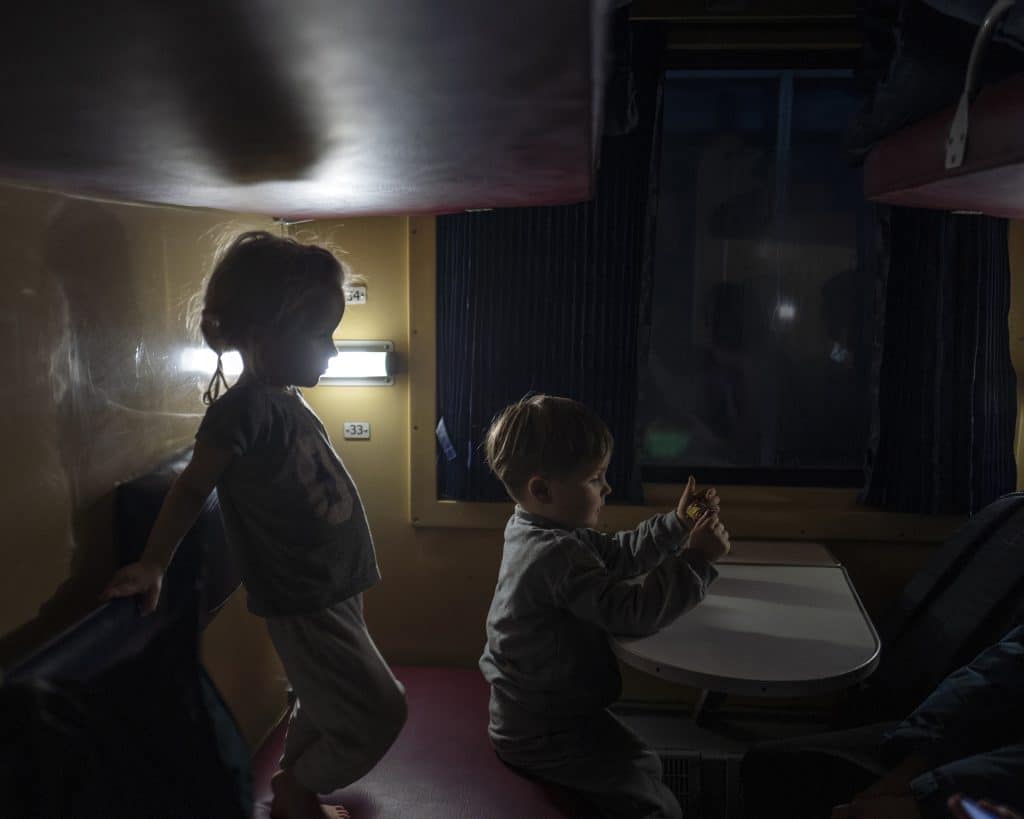
One of my last adventures was my return trip from Kharkiv to Kyiv on March 23. To help stack the deck in our favor, me and my fellow journalist boarded the first train of the day, not knowing if any other westbound trains would be running that day. It was 3 p.m. and the train was full, no seats were available. So we sat between two cars, where passengers usually smoke. I asked the train conductor in Russian if it was ok to sit there with our laptops and work. He gave us a look of surprise or pity and told us to follow him. He opened a door and told us to sit there. It was a cabin of the former restaurant car. He then closed the door.
When we arrived in Kyiv, we were the only ones to get off. All other passengers continued their journey westward toward Lviv or Uzhgorod, the terminus. Blue and yellow, the trains come in various categories: there are first-class trains (with two berths), four-berth (coupe) and six-berth compartments (platzcart). Each carriage has its own host, or conductor, called provodnik (m.) / provodnitsa (f.). The conductors check tickets, take care of the bedding, distribute snacks, and ensure the comfort of the travelers, some with more empathy than others, but the respect of the rules is a must. They usually wake you up one hour before your destination. If you are a good sleeper, this can be a bit frustrating. But on the other hand, if you are a landscape lover, it gives you the time to enjoy the view one last time before getting off.
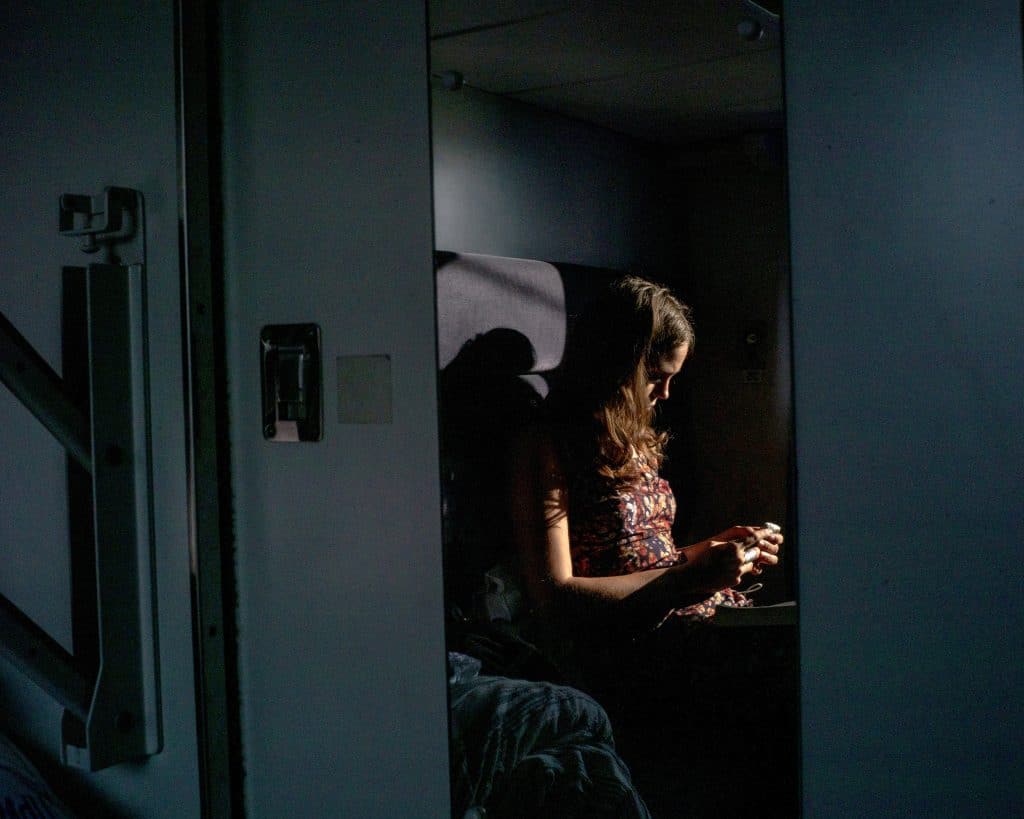
Ukrainians are very organized by nature. Even on the train, everyone has their own habits and quirks. Some of them are very conscientious in taking out their pajamas, slippers, toiletry bags, and of course they are very punctilious about making their beds. The cars don’t have a standardized décor: some compartments are red, others blue, some with white or yellow curtains, some with carpeted floors. Each car has its own charm specific to the period when it was made. One peculiar feature of the trains is that they are still coal-heated, which lends them additional charm. It’s a trip back in time.
Used mainly for transporting passengers and goods, the trains found another use in times of war as the transport of humanitarian and emergency supplies. Ilya, a young Ukrainian, recalls dreaming to become an engine driver as a child. His grandmother used to take him to the Donetsk train station just to watch trains and listen to the rumble of the locomotive. His best and worst memory is of a trip to Simferopol in mid-summer 2013. “It was so hot, it was like being in a sauna, I couldn’t take it anymore, so I went to the provodnitsa to upgrade to first class, which was air-conditioned,” he says. The last time he took a night train was in November 2021, to go to Mariupol to visit his family. What he enjoys most on board is drinking tea and being lulled to sleep by the clickety-clack and the rhythmic swaying of the train.
